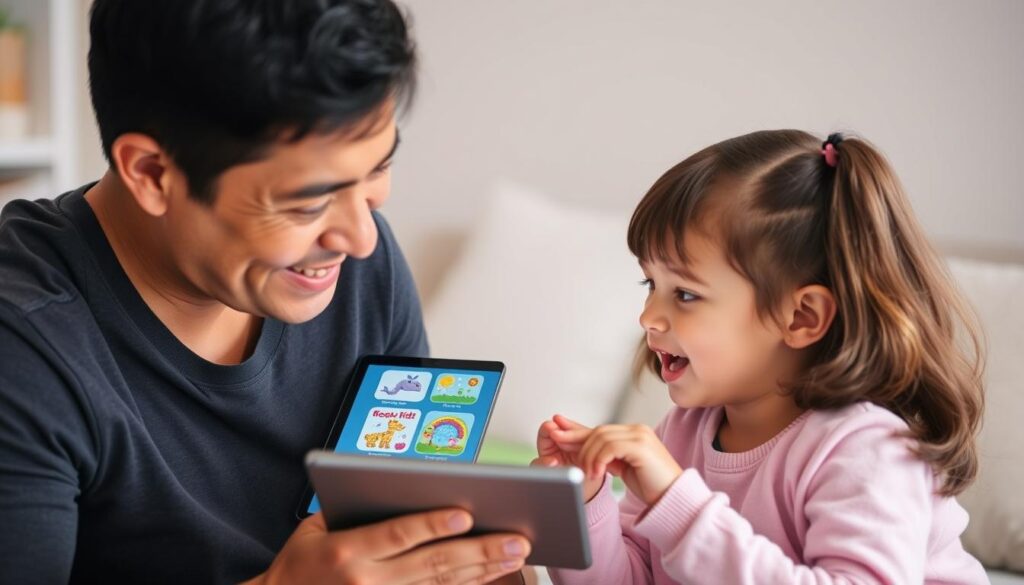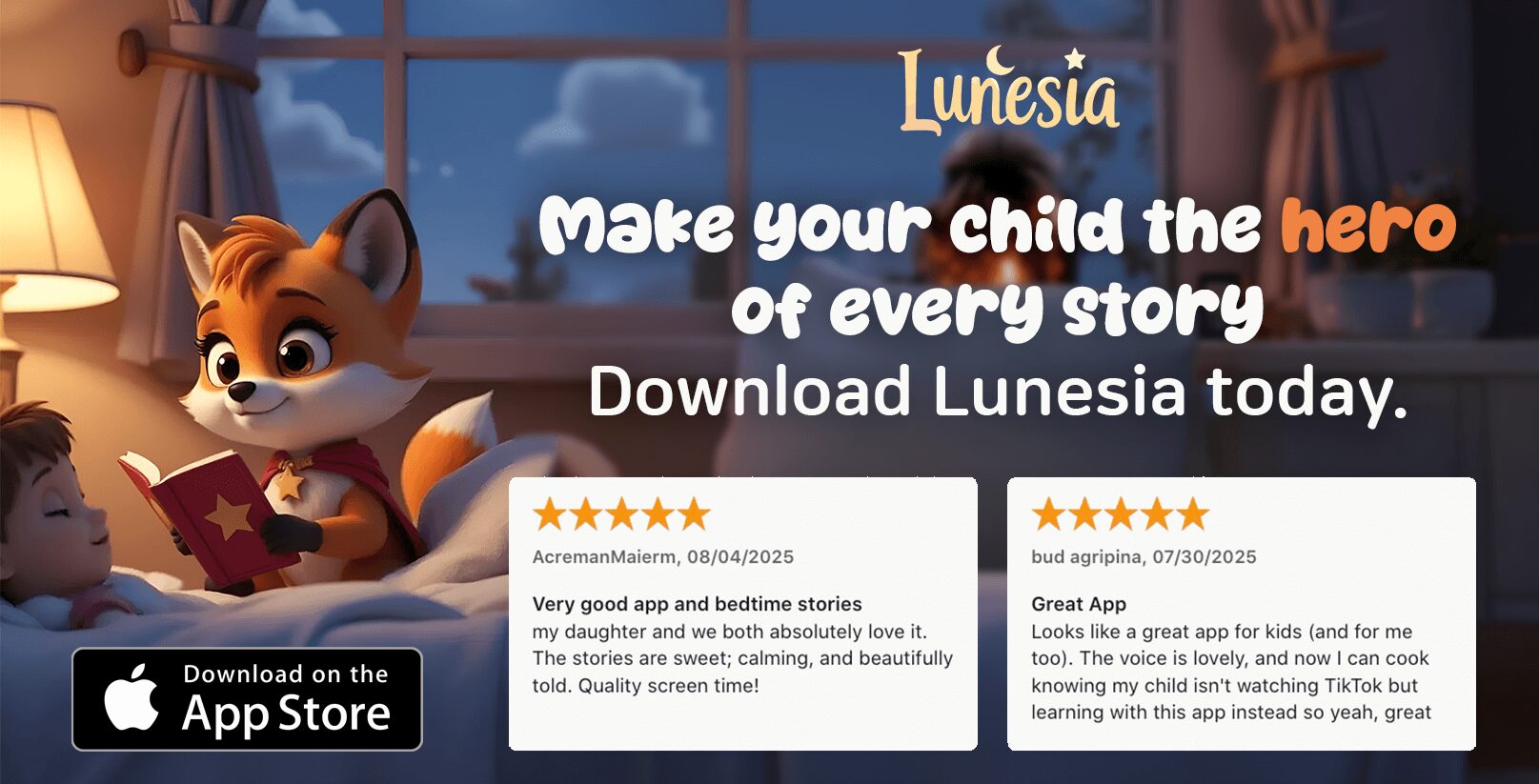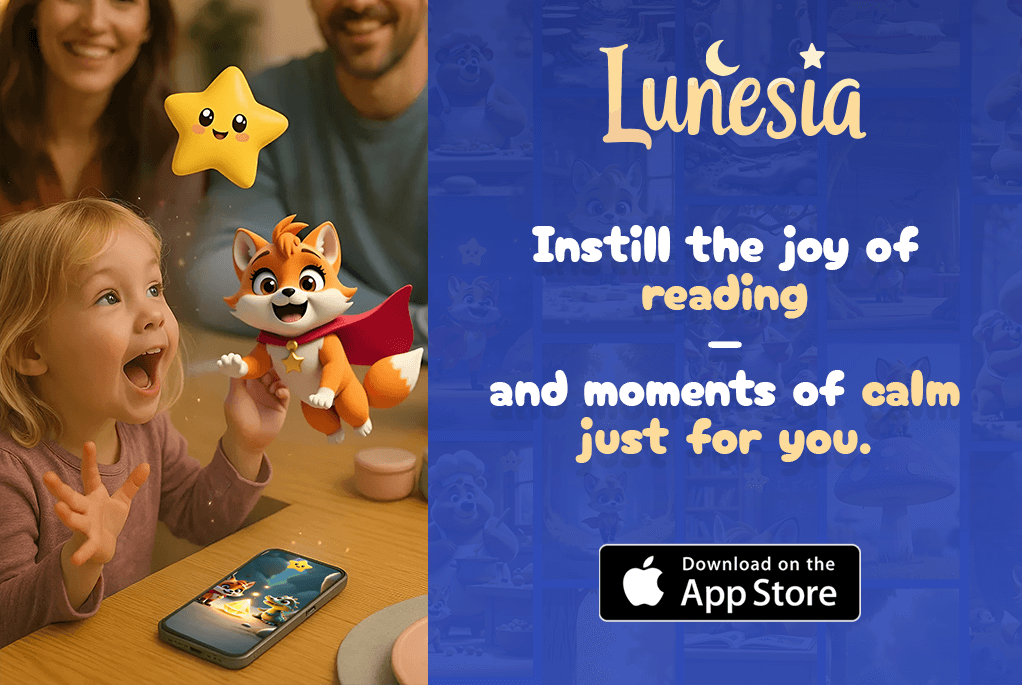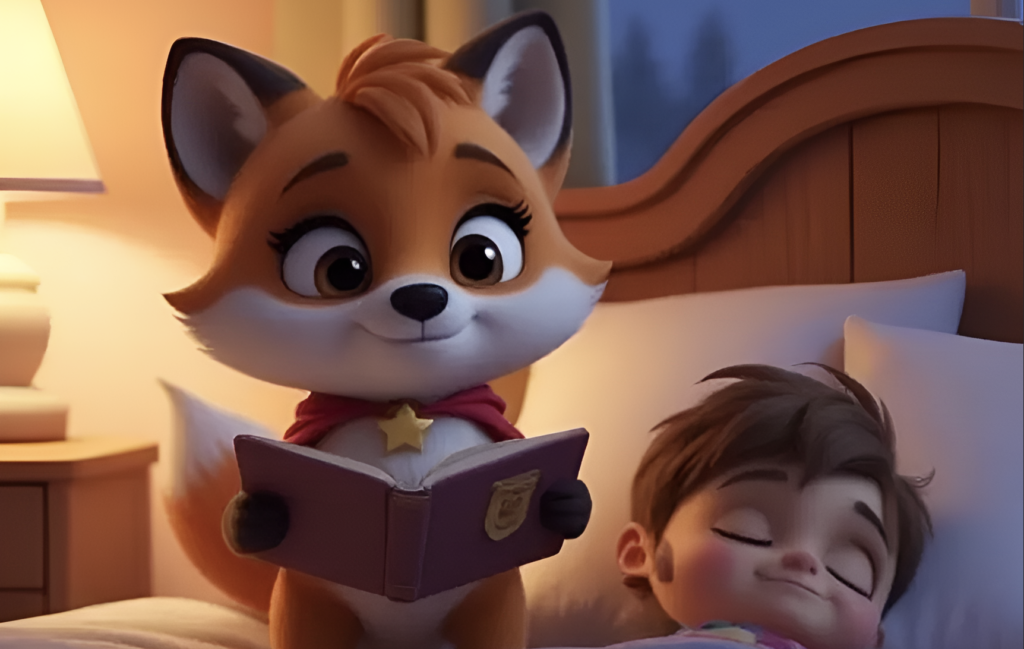As a mom passionate about children’s literacy, I’ve spent countless hours exploring digital reading platforms to find the best options for my little ones. Today, I’m comparing two popular children’s content platforms that take different approaches to digital reading experiences: Lunesia with its interactive original content and Hoopla Kids Mode with its library-based borrowing system.
Understanding the key differences between these platforms will help you make an informed decision about which one might better suit your child’s reading habits and interests. We’ll explore how interactive original content differs from borrowed library materials, examining everything from content quality to accessibility features.
By the end of this comparison, you’ll have a clear picture of how these two platforms stack up against each other and which might be the better fit for encouraging your child’s love of reading in the digital age.
Understanding Digital Content Platforms for Children
As a parent in the digital age, understanding the landscape of digital content platforms for children is crucial. The way children consume books and educational materials has undergone a significant transformation, with numerous apps and platforms emerging to cater to their needs.
The Rise of Digital Reading for Kids
Digital reading for kids has seen a substantial rise, driven by the proliferation of educational apps and online libraries. Different library apps offer varying levels of content filtering, making it essential for parents to understand these differences. Some apps have sophisticated parental controls, while others have more basic filtering options.
For instance, some platforms provide a fixed collection of titles, while others offer rotating titles, affecting children’s reading habits and preferences.
Why Platform Selection Matters for Parents
Choosing the right digital content platform for children is vital, as it impacts their engagement, safety, and learning outcomes. Parents need to consider how different apps curate content, the level of parental controls available, and the business models behind these platforms.
| Platform Feature | Importance for Parents | Variability Across Apps |
|---|---|---|
| Content Curation | High | Significant variability |
| Parental Controls | High | Ranges from basic to sophisticated |
| Business Model | Moderate | Varied (subscription-based, library-funded, ad-supported) |
By understanding these factors, parents can make informed decisions about the digital content platforms they choose for their children.
Lunesia vs Hoopla Kids: Core Features Comparison
In the quest for the perfect children’s digital content platform, understanding the core features is key. As a parent, you’re not just looking for any app; you’re seeking one that offers a rich library, engaging interactive elements, and is accessible across various devices.

Content Library Size and Types
The size and variety of the content library are crucial when deciding between Lunesia and Hoopla Kids. Hoopla Kids boasts an extensive library of borrowed content, including e-books, audiobooks, and videos, sourced from public libraries. In contrast, Lunesia offers a curated selection of interactive originals, focusing on quality over quantity. While Hoopla’s model provides access to a vast array of materials, Lunesia’s content is designed to be engaging and educational, with a focus on the features that promote learning.
Interactive Elements and Engagement
Interactive elements play a significant role in keeping children engaged. Lunesia excels in this area with its interactive original content, designed to be both entertaining and educational. Hoopla Kids, while offering some interactive features, primarily focuses on borrowed content that may not always be interactive. The ability of Lunesia to incorporate touch interactivity and other engaging features enhances the user experience, making it more appealing to younger children.
Accessibility and Device Compatibility
Device compatibility is a critical factor for families with multiple devices. Hoopla Kids offers impressive cross-platform compatibility, with apps available for iOS, Android, Amazon devices, Apple TV, Chromecast, and browser access. However, it’s worth noting that Hoopla doesn’t work on standard Kindle e-readers. Lunesia, on the other hand, focuses primarily on tablet and smartphone experiences. Both platforms offer offline reading features, but their approaches differ. Hoopla allows temporary downloads of borrowed content, while Lunesia’s offline access varies based on the subscription level. The ability to access content offline is a significant advantage for families on the go.
To explore Lunesia’s features in more detail, visit the Lunesia app website.
Hoopla Kids Mode: Library-Based Digital Experience

Hoopla’s Kids Mode brings the library to your child’s fingertips, offering a rich digital environment that’s both fun and educational. With a wide range of content available, children can explore various digital materials that are not only entertaining but also enriching.
How Hoopla Kids Mode Works
Hoopla Kids Mode is designed to be user-friendly, allowing children to navigate through the platform with ease. The mode is tailored to provide a safe and engaging experience, with content curated specifically for kids. By leveraging the library’s digital resources, Hoopla offers a vast collection of materials that cater to different age groups and interests.
Content Selection and Borrowing Limits
The content on Hoopla Kids Mode includes a variety of materials such as e-books, audiobooks, music, movies, and TV shows. The borrowing limits are determined by your library’s rules, and you can check these limits within the app. One of the standout features is the BingePasses, which allow you to borrow collections of content with just one click, counting as a single borrowed item against your monthly limit.
Parental Controls and Safety Features
Hoopla provides robust parental controls, allowing you to manage what your child can access. You can set up profiles for your children, ensuring they only see content appropriate for their age. The platform is designed with safety in mind, offering a secure environment for kids to explore digital content.
BingePasses and Special Features
BingePasses are a unique feature of Hoopla, offering collections of interactive, educational, and entertaining content. With options like GoKidGo, KidzVidz, Hellosaurus, and Highlights, you can access a wealth of content with just one click of a . Once borrowed, you have seven days to explore the content, making it perfect for family time or rainy days. By using BingePasses strategically, you can maximize your borrowing limits for the month, accessing more content without exceeding your library’s limits.
Making the Right Choice for Your Family
Choosing the right digital platform for your child’s reading needs is a personal decision that depends on several factors. After testing both Lunesia and Hoopla Kids Mode extensively with my own family, I’ve found that the “right” choice often hinges on your specific priorities.
If you’re looking for a vast collection of traditional children’s books, movies, and audiobooks without additional subscription costs, Hoopla’s Kids Mode offers tremendous value through your existing library relationship. On the other hand, if you’re seeking highly interactive, original content designed specifically for digital screens, Lunesia’s specialized approach might be more engaging for your child.
Consider your child’s age and reading level when making your decision. Hoopla’s collection spans from board books to middle-grade novels for kids up to age 12, while Lunesia tends to focus its interactive features on specific age ranges. For families with multiple devices, Hoopla’s ability to work across various platforms with a simple button tap is a significant advantage.
Budget-conscious families should weigh the free library-based access of Hoopla against Lunesia’s subscription model. It’s also worth considering how your children typically interact with reading apps – do they prefer traditional books or a more gamified approach to reading? You can explore more about the differences between digital reading and traditional books in our detailed comparison here.
Ultimately, the most important factor in developing strong reading habits is your involvement as a parent. Take time to explore the collection together, discuss stories, and make reading a joyful family activity. Many families I’ve worked with find value in using both platforms for different purposes, combining the strengths of each to create a rich reading experience for their children.
FAQ
What is the main difference between digital libraries like Hoopla and interactive content platforms?
Digital libraries like Hoopla offer a vast collection of borrowed content, including e-books, audiobooks, music, and videos, whereas interactive content platforms provide original, engaging content designed specifically for kids.
How do I access Hoopla’s kids’ content, and what are the borrowing limits?
You can access Hoopla’s kids’ content through the Hoopla app or website, using your library card. Borrowing limits vary depending on the library’s policies, but you can typically borrow a certain number of items per month.
Are there parental controls available on digital library platforms like Hoopla?
Yes, Hoopla offers parental controls, allowing you to create a kids’ profile, restrict access to certain content, and set limits on borrowing. You can also monitor your child’s activity and adjust settings as needed.
Can I use digital library platforms like Hoopla on multiple devices?
Yes, Hoopla is compatible with a range of devices, including smartphones, tablets, e-readers, and computers. You can access your account and borrow content on multiple devices, making it convenient for family members to use.
How do BingePasses work on Hoopla, and what benefits do they offer?
BingePasses on Hoopla allow you to borrow a certain number of items without them counting towards your monthly limit. This feature is useful for kids who devour content quickly, and it provides more flexibility for families to enjoy their favorite titles.
Are digital library platforms like Hoopla suitable for children of all ages?
Hoopla offers content suitable for children of various ages, but it’s essential to review the content and use parental controls to ensure it aligns with your child’s individual needs and maturity level.




